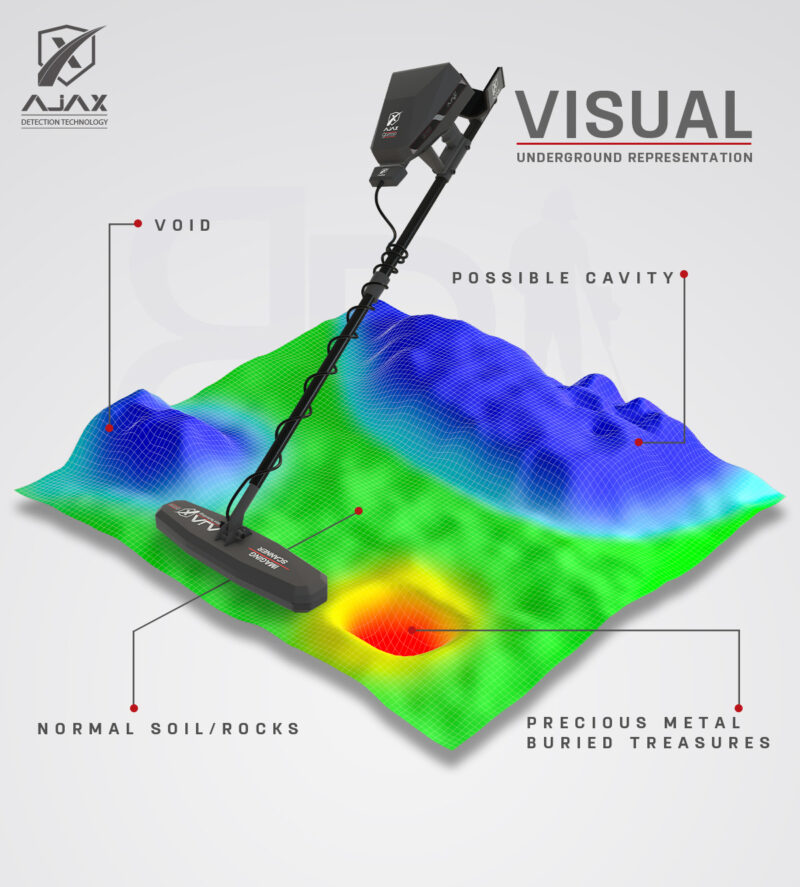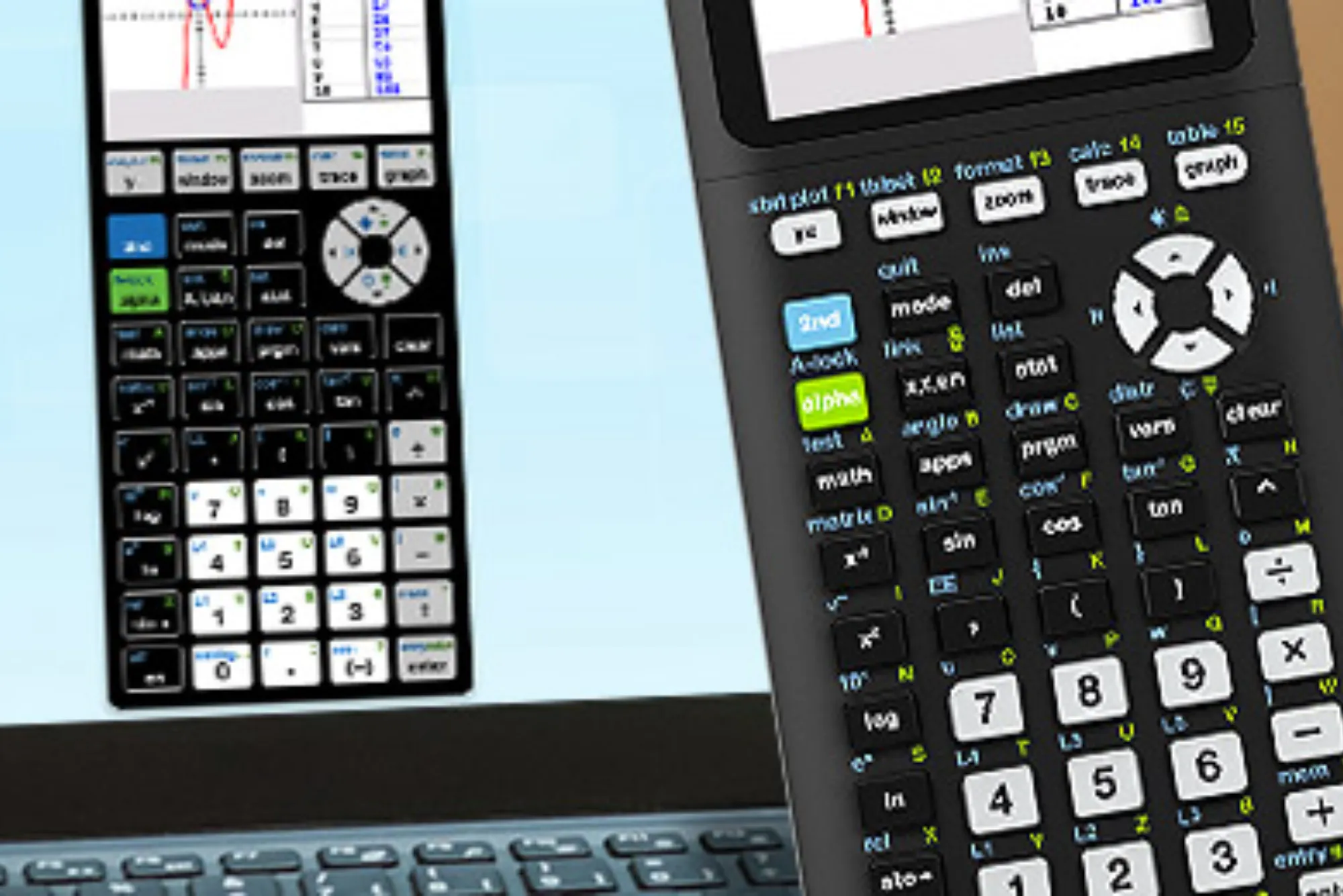Prospecting for gold is no longer limited to traditional panning or digging with simple tools. Modern technology has introduced advanced detectors that allow explorers to scan vast stretches of land with accuracy. Among these tools, the ground scanner gold detector has gained a reputation for being a game-changer. It is specifically designed to map subsurface layers, revealing hidden treasures and mineral deposits that ordinary detectors might miss. But how effective are these machines when it comes to covering large areas? Let’s explore their strengths, challenges, and practical applications in real-world gold hunting.
Large-Scale Coverage with Subsurface Imaging
The greatest advantage of a ground scanner gold detector is its ability to scan expansive areas quickly. Unlike conventional detectors that work by sweeping the ground in small sections, scanners provide a three-dimensional view of what lies beneath the surface. This technology not only identifies potential gold deposits but also distinguishes between metal types and geological formations.
For prospectors working in open deserts, mountain ranges, or abandoned mining fields, this capacity for large-scale coverage reduces the guesswork. Instead of wasting days combing through unpromising soil, a scanner directs you toward the most likely hotspots. This efficiency is particularly valuable for professional teams or individuals who invest significant time and resources into exploration.
The Role of Advanced Models Like Gamma
Not all scanners are created equal, and one of the standout products in this category is the Gamma. This model integrates deep-penetration scanning with user-friendly controls, making it suitable for both seasoned hunters and beginners. Its technology allows users to analyze soil layers up to several meters deep, which is critical when searching for large deposits buried beneath rocky terrain.
The Gamma also excels in separating metallic objects from natural minerals. In regions where the ground is rich with iron or other conductive elements, this distinction ensures you don’t waste time on false targets. For anyone serious about covering wide territories efficiently, investing in a scanner with this level of sophistication can make the difference between empty digs and valuable discoveries.
Depth and Accuracy in Gold Detection
Effectiveness in large-area exploration doesn’t come down to coverage alone—it’s also about depth and accuracy. Ground scanners are built with multiple sensor arrays that penetrate deeper than standard coils. This allows them to detect larger deposits buried several meters underground.
Accuracy is enhanced through advanced discrimination features that help prospectors identify whether the signal is from precious metals, ferrous materials, or just geological interference. For serious exploration projects, this accuracy reduces both time and labor, ensuring more energy is spent on meaningful digs.
Practical Challenges in Large-Area Prospecting
While the advantages of ground scanners are impressive, they also come with challenges. Scanners can be heavier and more expensive than traditional detectors, requiring a higher initial investment. They may also demand a learning curve, as interpreting 3D imaging data is different from listening to audio signals.
Additionally, environmental factors such as highly mineralized soils, moisture, or rough terrains can affect the quality of readings. This is why experienced prospectors often combine scanner use with traditional detecting methods to verify results before excavation. Despite these hurdles, the time and labor saved in covering vast areas usually outweigh the drawbacks.
Why Ground Scanners Are Preferred for Large Projects
For individual hobbyists, a handheld detector may suffice for small fields or recreational hunts. But when the target is large-scale exploration, scanners are unmatched in efficiency. Archaeological teams, mining companies, and professional prospectors rely on them to map potential dig sites before investing in excavation.
In practical terms, a scanner transforms the process from random searching to informed exploration. By providing visual feedback and in-depth data, it reduces uncertainty and allows teams to strategize before breaking ground. This structured approach is why scanners are increasingly viewed as essential tools in professional gold prospecting.
Balancing Cost with Value
One of the biggest considerations is cost. High-quality ground scanners can be a significant financial investment, but they often pay for themselves in saved time and more efficient recovery of valuable finds. For professionals, the return on investment is clear. For hobbyists, the decision may depend on how serious they are about gold hunting and whether they plan to work across larger territories.
Models like the Gamma are designed to strike a balance between performance and usability, which makes them attractive for both professionals and dedicated enthusiasts. Investing in a reliable scanner ensures not only improved results but also a more enjoyable prospecting experience.
Conclusion
Ground scanner gold detectors are highly effective tools for large-area exploration. Their ability to provide 3D subsurface imaging, identify gold at greater depths, and cover wide territories quickly makes them invaluable for serious prospectors. While they come with a higher price tag and a steeper learning curve, the payoff in efficiency and accuracy is undeniable.
For anyone committed to large-scale gold hunting, advanced models such as the Gamma represent the future of exploration. They don’t just make the process easier—they turn the dream of uncovering hidden gold into a practical and achievable reality.




